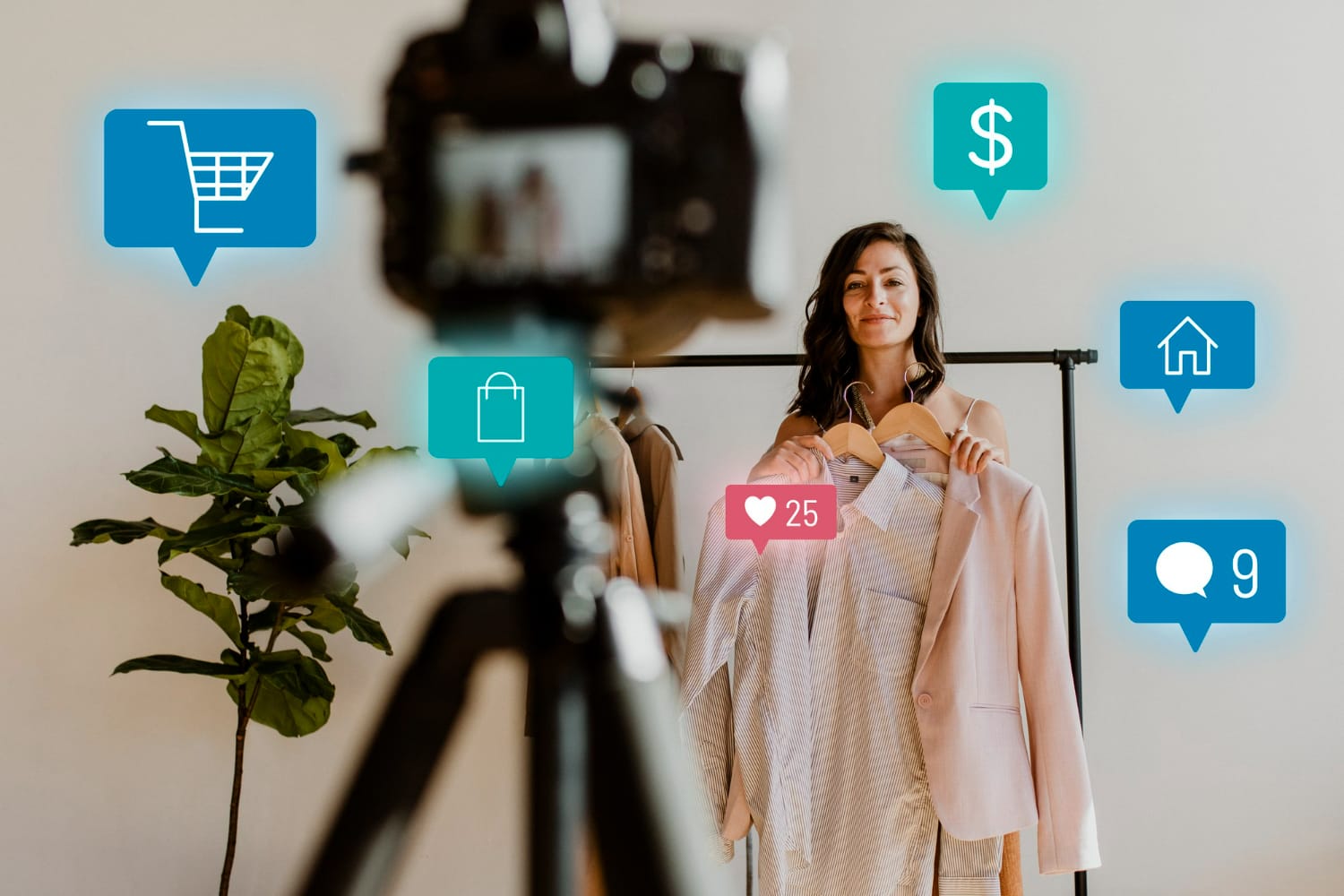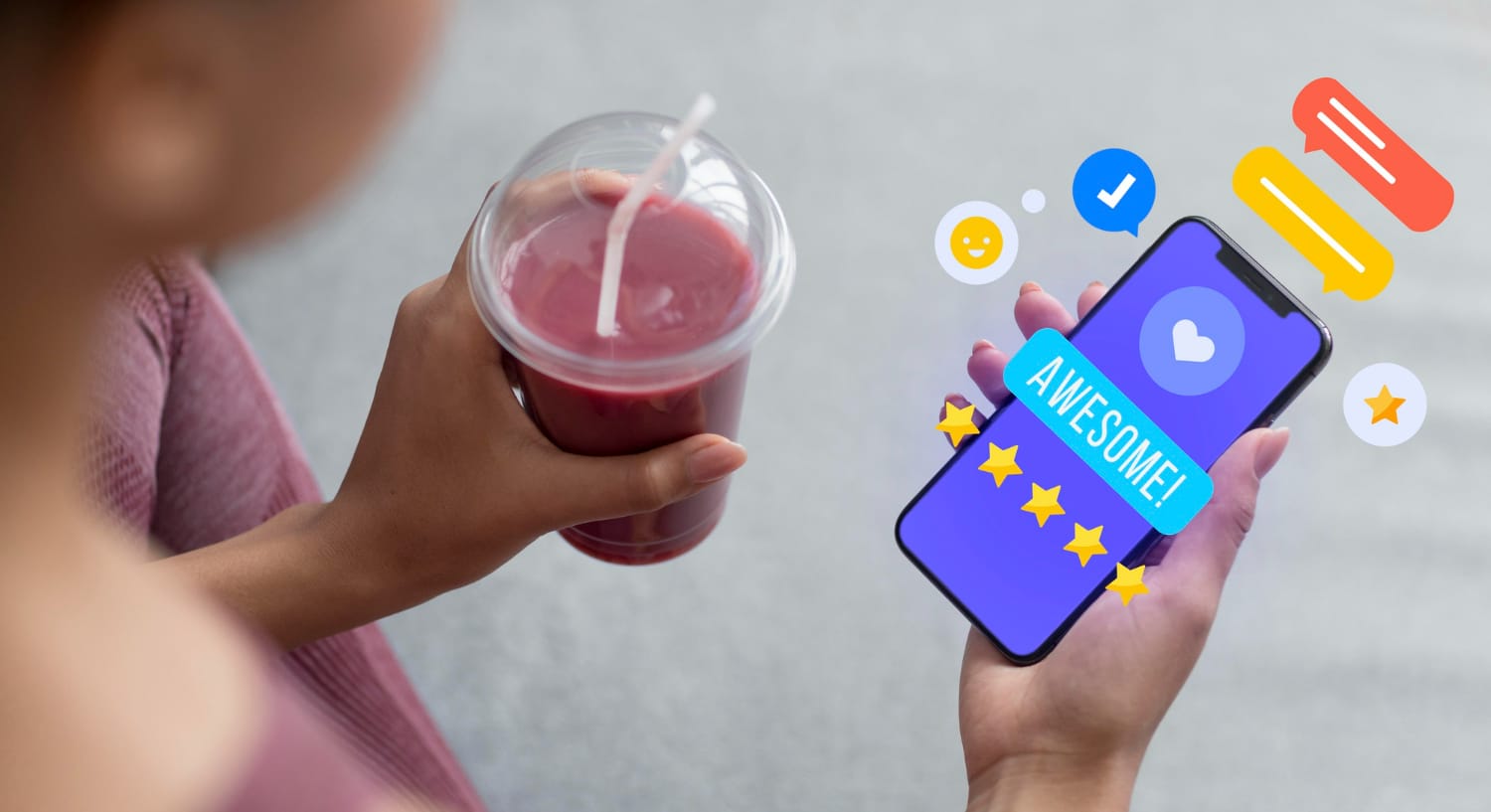Personalized Marketing Strategies That Boost Customer Engagement

Customer engagement is the foundation of lasting business success. When customers feel a personal connection to a brand, they are more likely to stay loyal, advocate for it, and contribute to its long-term growth. Research shows that companies with strong cross-channel engagement strategies retain up to 89% of their customers, while those with weaker approaches see retention rates drop to just 33%.
To build meaningful relationships, brands must go beyond one-size-fits-all interactions and embrace personalization. In this guide, we’ll explore proven personalized marketing strategies that deepen engagement and strengthen customer loyalty.
✅ Personalization boosts retention, as 66% of consumers leave brands that fail to deliver tailored experiences.
✅ Cross-channel consistency drives loyalty, with 89% of customers retained by brands that provide seamless multi-platform engagement.
✅Gamification increases brand advocacy, fostering higher sales and referrals through interactive strong brand connections.
Personalize Every Interaction

Today’s customers anticipate brands will understand their needs and deliver tailored experiences. Generic messaging fails to resonate, making personalization essential for retention and satisfaction. Research shows that 66% of consumers will abandon a brand if they don’t receive personalized experiences, while 80% are more likely to buy from brands that do. This underscores the critical role of customization in boosting engagement and revenue.
Businesses that neglect personalization risk lower customer retention and weaker loyalty. However, companies that integrate tailored experiences successfully can strengthen connections, improve satisfaction, and drive long-term engagement.
How to Implement It
Leverage customer data for personalized recommendations
Analyze past purchases, browsing history, and preferences to offer relevant product suggestions, exclusive deals, and curated content using AI-driven analytics.
Segment marketing messages for targeted communication
Instead of generic mass promotions, create audience segments based on behavior and interests. Personalized messaging improves open rates, click-through rates, and engagement.
Implement dynamic website content that adapts in real-time
Ensure customers see personalized banners, product recommendations, and content based on their behavior rather than generic messaging.
Create a cross-channel personalization strategy
Synchronize personalized experiences across websites, emails, apps, and social media. For example, remind users of abandoned carts via email or push notifications with a special discount.
Build a Cross-Channel Customer Experience

Modern consumers interact with brands through websites, apps, social media, and in-store visits. Delivering a seamless, integrated cross-channel experience across these touchpoints is what distinguishes top-performing brands. Research reveals that companies with strong cross-channel strategies retain 89% of customers, compared to just 33% for those with fragmented experiences.
When brands fail to unify their channels, customers face inconsistent messaging, redundant promotions, and disjointed service interactions—leading to frustration and churn. In contrast, a well-executed cross-channel approach enables customers to switch effortlessly between devices and platforms while maintaining continuity.
How to Implement It
Unify customer data to provide a seamless experience across platforms
Collect and centralize customer interactions, preferences, and purchase history using a CRM system. When all channels have access to the same up-to-date customer information, businesses can provide a cohesive and personalized experience no matter where a customer engages.
Ensure messaging consistency across email, social media, and customer support interactions
Customers should receive the same promotions, offers, and updates regardless of the platform they use. For example, if a brand announces a limited-time sale via email, it should also reflect on the website, in-app notifications, and social media channels. This prevents confusion and builds trust.
Enable cross-channel marketing so customers can start their journey on one platform and complete it on another
A well-integrated system allows for frictionless transitions between devices and touchpoints. For instance, a customer might browse products on their phone during their commute, add an item to their cart, and later complete the purchase on their laptop without having to restart the process. Similarly, they should be able to check an online order status in a mobile app or exchange an online purchase in-store with minimal hassle.
Leverage automation and AI to enhance the cross-channel experience
AI-driven marketing tools can automatically adjust messaging, timing, and promotions based on customer interactions. For example, if a user abandons their cart on a website, they might receive a personalized email reminder, followed by a retargeting ad on social media or a push notification with a discount incentive to complete the purchase.
Focus on Proactive Customer Support

Providing exceptional customer service is one of the most critical factors in building brand loyalty. Customers today expect businesses not only to respond to their inquiries but also to anticipate their needs and address potential concerns before they arise. A study by Data Axle found that 94% of customers who rate their experience as ‘very good’ are likely to recommend the company and make future purchases. This demonstrates how businesses that prioritize proactive support can significantly boost customer retention and advocacy.
Rather than waiting for customers to reach out with problems, leading brands take a proactive approach by offering preemptive solutions, personalized assistance, and timely updates. This reduces customer frustration, improves satisfaction, and helps build long-term relationships.
How to Implement It
Actively collect feedback to resolve concerns before they escalate
Regularly seeking customer input helps brands identify potential pain points and make improvements before they lead to dissatisfaction. Businesses can achieve this by sending post-purchase surveys, conducting Net Promoter Score (NPS) assessments, or encouraging customers to share their experiences via online reviews. Research indicates that 52% of consumers believe brands need to take more action on customer feedback—so actively addressing concerns can set a company apart from competitors.
Offer self-service solutions to empower customers
Many customers prefer resolving issues independently rather than reaching out to support teams. Creating an accessible help center, FAQ section, or knowledge base can reduce frustration and enhance the user experience. Brands like Apple and Microsoft provide extensive self-service portals with troubleshooting guides and video tutorials, helping customers find quick answers without waiting for support agents.
Deploy AI-driven chatbots to handle routine inquiries efficiently
AI-powered chatbots and virtual assistants can answer frequently asked questions, provide real-time assistance, and resolve common issues instantly, reducing the workload on human support teams. Research shows that 73% of consumers prefer using chatbots for simple interactions like checking order status or updating account details. Companies like Sephora and H&M use AI chatbots to provide automated styling advice and product recommendations, offering a seamless and proactive shopping experience.
Send proactive notifications about shipping delays, product updates, or potential issues
Keeping customers informed before they have to ask is a key trust-building strategy. Sending updates about order confirmations, shipping progress, or potential service interruptions reassures customers and reduces inbound support requests. Amazon, for example, proactively alerts customers about order delays or delivery status updates, ensuring transparency and reducing frustration.
Leverage Interactive and Gamified Experiences

Engaging customers through interactive and gamified elements is one of the most effective ways to capture their attention and encourage long-term loyalty. Gamification taps into consumers’ psychological tendencies toward competition, achievement, and rewards, making their interactions with a brand more immersive and enjoyable.
A report on customer engagement found that brands utilizing gamification and interactive strategies were 41% more likely to report significantly higher conversion rates than the previous year. This highlights how interactive experiences not only drive engagement but also contribute directly to revenue growth. Additionally, 70% of the world’s largest 2,000 companies are expected to incorporate gamification into their marketing strategies, underscoring its effectiveness in today’s competitive market.
Interactive experiences also extend the time customers spend engaging with a brand, increasing brand recall and encouraging repeat visits. Whether through personalized challenges, exclusive rewards, or social competitions, gamification fosters a deeper emotional connection between brands and their audiences.
How to Implement It
Introduce loyalty programs that reward customers for purchases, referrals, and engagement
A well-designed loyalty system encourages repeat business by providing incentives such as discounts, exclusive offers, or VIP perks for frequent customers. Programs like tiered rewards, milestone achievements, and point-based systems motivate users to keep engaging with the brand over time. For example, Starbucks Rewards allows customers to accumulate points with every purchase, redeemable for free drinks and special offers.
Incorporate interactive content such as quizzes, polls, and challenges to boost participation
Studies show that interactive content generates two times more engagement than static content, making it a valuable tool for keeping customers involved. For instance, beauty brands like Sephora use personalized quizzes to recommend products based on customers' preferences, creating a more engaging and customized shopping experience.
Use gamification elements like progress bars, badges, and leaderboards to encourage continued interaction
These features can be integrated into mobile apps, websites, and social media platforms to motivate customers to complete tasks, engage with content, or make repeat purchases. Fitness apps like Nike Run Club use leaderboards and achievement badges to encourage users to hit their running goals, fostering a sense of accomplishment and community.
Encourage social sharing and competition to amplify engagement
Many brands incorporate social elements into their gamified experiences, allowing customers to share their progress, achievements, and rewards with their networks. This not only boosts engagement but also creates organic brand advocacy, as users invite friends and family to participate.
Build a Strong Community Around Your Brand

A thriving brand community is one of the most powerful ways to deepen customer connections and foster long-term loyalty. When customers feel like they are part of a brand’s community, they are more likely to engage frequently, refer others, and become long-term advocates. A report on customer engagement found that highly engaged business units experience 10% higher customer loyalty and 18% higher sales compared to less engaged units.
A strong brand community does more than just increase customer retention—it turns customers into active participants in a brand’s growth. Rather than being passive consumers, they share experiences, provide valuable feedback, and help market the brand organically. This not only strengthens brand affinity but also lowers customer acquisition costs, as engaged customers are more likely to spread positive word-of-mouth.
How to Implement It
Encourage user-generated content to increase engagement
Customers trust recommendations from peers more than they trust traditional advertising. Encouraging them to share their experiences through testimonials, social media posts, and product reviews can help drive authentic engagement and credibility. Brands like GoPro and Lululemon have successfully leveraged UGC by featuring customer-submitted content on their social media pages, turning real users into brand ambassadors.
Host exclusive events, webinars, and live Q&A sessions
Creating live and interactive experiences strengthens the bond between a brand and its customers. Hosting Q&A sessions with company leaders, product deep dives, and VIP experiences makes customers feel valued. For instance, Sephora’s Beauty Insider community offers members exclusive beauty workshops and product previews, rewarding their loyalty with insider access to valuable content.
Create online forums and groups where customers can interact
Providing customers with a dedicated space to engage with your brand and with each other fosters a sense of belonging. Whether it’s a Facebook Group, a branded community platform, or a Slack channel, giving customers a place to discuss topics, share experiences, and ask questions builds a strong connection to the brand. For example, Nike’s ‘Nike Run Club’ connects runners worldwide, encouraging members to share training progress, participate in challenges, and support one another.
Recognize and reward active community members
People are more likely to engage when they feel appreciated. Recognizing top contributors, offering exclusive perks, or even highlighting user stories in newsletters and social media can encourage more participation. Some brands implement ambassador programs where engaged customers receive incentives for spreading the word. Starbucks' Rewards program, for example, offers higher-tier members early access to new products, reinforcing their commitment to the brand.
Final Thoughts
Personalized marketing isn’t just a trend—it’s the key to sustainable customer engagement. By tailoring experiences, delivering seamless cross-channel interactions, fostering interactive engagement, offering proactive support, and building strong brand communities, businesses can cultivate deep, lasting connections. Prioritizing personalization not only enhances retention and advocacy but also fuels long-term growth.
FlareLane is a next-generation cross-channel customer engagement platform that facilitates real-time, personalized interactions through in-app messaging, push notifications, SMS, and webhooks. Built to optimize customer journeys, it ensures seamless message delivery, minimizing technical issues and maximizing engagement, ultimately driving business growth.
Want to learn more about customer engagement strategies? Explore our how-to guides below!
👉 What Is a Customer Engagement Platform (CEP)?
👉 Why Repurchase Rate Should Be Your Priority Metric
👉 The Future of Cross-Channel Marketing Automation


